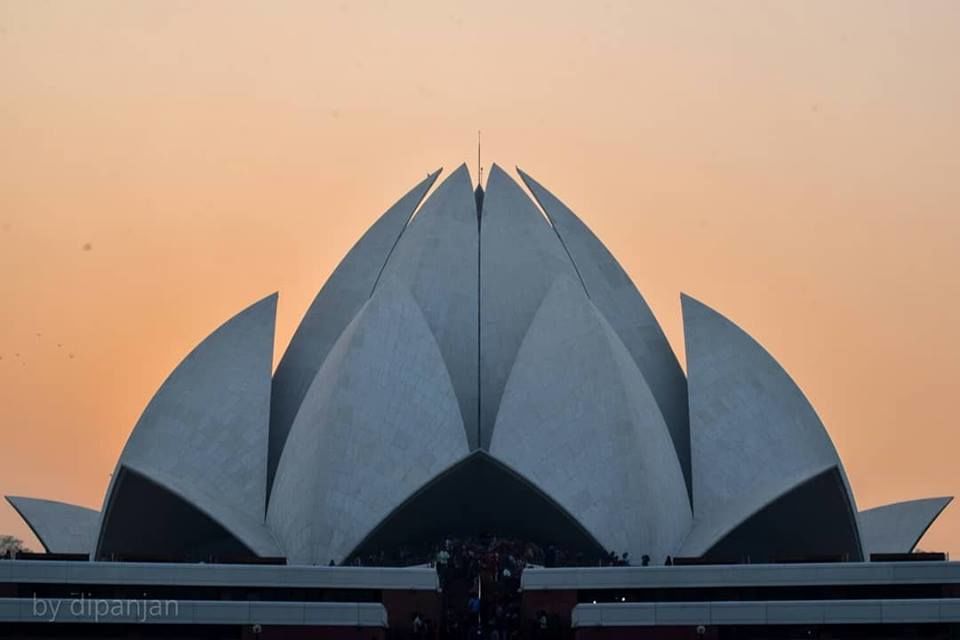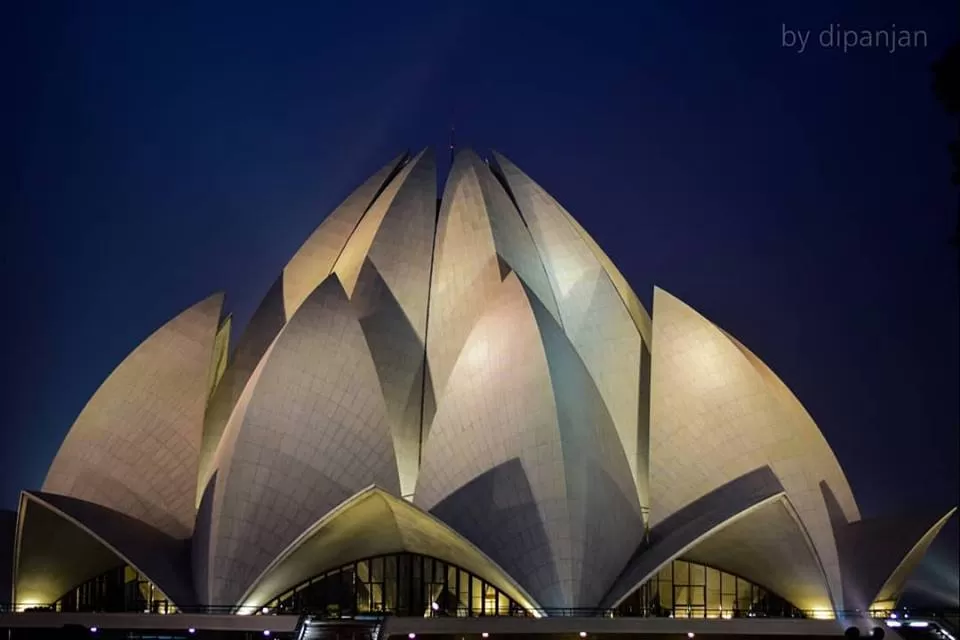
What are some of the best places to visit in Delhi?
If you are in Delhi and want to explore some of the nearby places to visit, take a small trip to the magnificent Lotus Temple. This exquisite structure brings tourism for India from across the globe. It is among the top travel destinations in the list of itineraries of every travel and tourism company. Without further adieu, let's begin!
Depicting the structure of the national flower of India, the Lotus Temple is one of the epitomes of modern architecture that has been accredited with several awards. This splendid piece of architecture was built only in 6 years, and consecrated and inaugurated in 1986. However, calling it only a splendid piece of architecture is undermining it. It is also known as the Bahá’í House of Worship and ranks seventh in the international chain of Bahá’í. Besides being picturesque, the lotus temple stands as a symbol of serenity where people find inner peace.
What makes the Lotus Temple an epitome?
Located in the capital city of India, the 20th century Taj Mahal was designed by the Iranian architecture Fariborz Sahba. His masterpiece follows the mystical Bahá’í belief in the number nine and hence, is characterized by nine-sided construction. Amidst lust green gardens, the mother temple of India stays surrounded by nine pools that are edged with red sandstone paths. Set at an elevation, this spellbinding sanctum is crafted with white marble and reaches up to 130 feet or 40 metres. There are 27 marble 'petals' that are grouped into three on all nine sides. While the outermost petals project outwards, the second row surrounds the hall and the third row is inclined inwards enclosing the central hall. This makes it appear like a floating lotus, the symbol of divinity and purity in Bahá’í.
One of the youngest religions of the world, Bahá’í was founded in the 19th century, after it separated from Islam. The followers of this monotheistic religion reckon that every religion shares the same roots and has similar characteristics. In Bahá’í faith, only one God exists who has revealed himself time and again in various forms, including Moses, Jesus Christ, Krishna and Brahama. Of all the avatars, Bahá’u’lláh is the last one the world beholds today.
This remarkable achievement of modern time is open to worshippers from all religions irrespective of their religion, colour, caste and background. The ideology behind Bahá’í faith is to maintain harmony and ensure equality among all.
Just like every other Bahá’í temple, this magnificent masterpiece boasts the blissful tranquility that engulfs it. The rejuvenating and refreshing atmosphere exudes a bewitching aura that silences the chaos in one's mind. The only voices that echo within the walls of the hall are of meditation and prayers sounding like subtle but dissonant harmony. Despite receiving such a huge number of tourists, the integrity of the temple is maintained at all times.

How to Reach?
Travelling to the Lotus Temple is not difficult at all. Delhi’s well-connected routes have made commuting very convenient. One can easily reach the Lotus Temple using public transport. Kalkaji Mandir is the nearest metro station, approximately 900 metres from this prodigy that takes nearly 11 minutes to cover by walking. It takes nearly half an hour to reach the Lotus Temple from the Delhi Airport. So, no matter where you are in Delhi, it will always be in your search result of 'places near me to visit'.
When to visit?
Delhi’s extreme weather makes travelling very inconvenient during summers. The best time is from October to March when the parks surrounding the Lotus temple are blooming with greenery and appear replenished. Visit during sunset when the crimson sum is about to disappear behind the horizon and the sky appears deluged in a dark red hue augmenting its enchanting beauty.
For more blogs, visit Here
